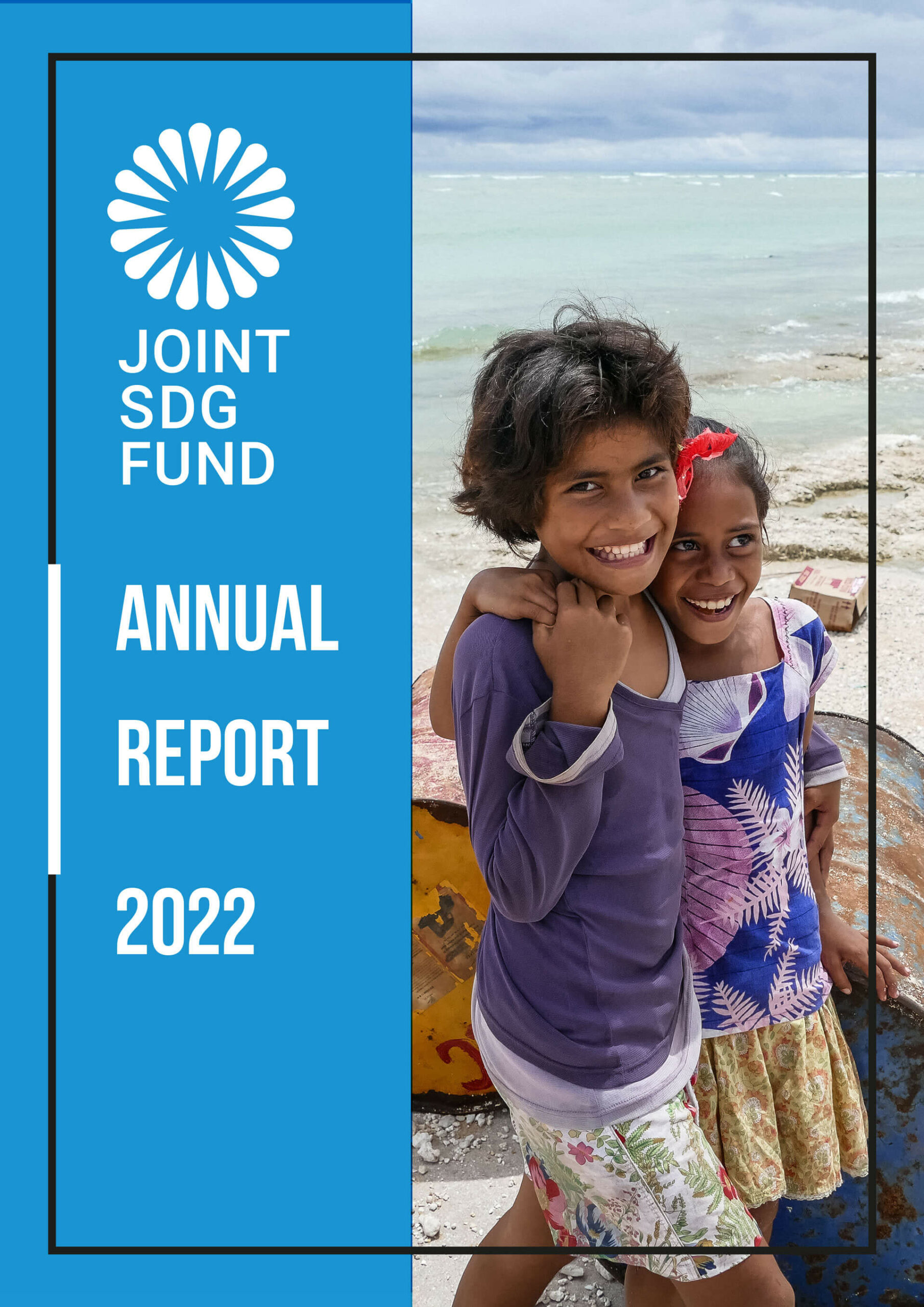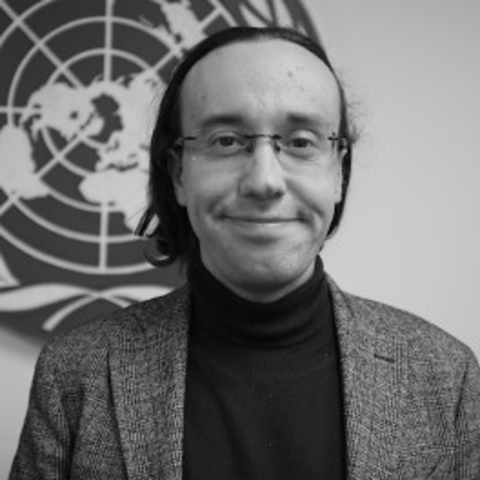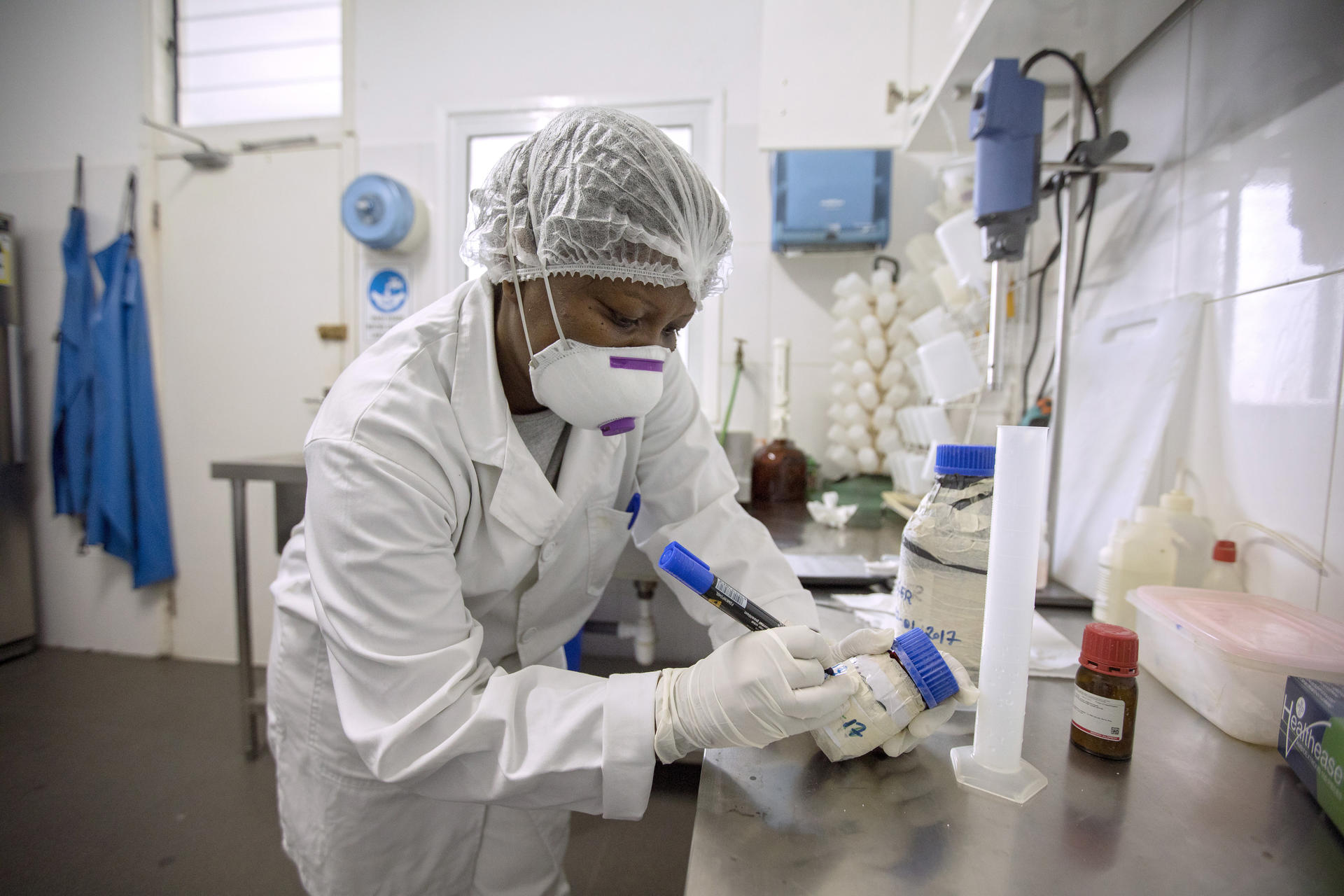Financing responses to COVID-19 are different in the sequential phases of the crisis, i.e. preparedness, emergency, and recovery. Preparedness is about investing early in mitigation strategies and identifying financing instruments to be accessed in the case of an emergency. Options available in the emergency phase vary and depend on Government and private sector ability to quickly deploy financial means and/or attract international support. Recovery plans and aid rely on large monetary and fiscal stimulus to rebalance the economy and provide liquidity.
The IMF and OECD created a data base of economic/financial measures announced by countries worldwide along with appropriate recommendations. This is a mix of several policies: liquidity support to the real and financial sectors, fiscal expansionary policies with transfers to individuals and businesses (e.g. cash transfers, etc.) and increased (often debt-funded) public health and social protection spending.
Central banks have similarly enhanced existing quantitative easing schemes and other expansionary measures. Public finance options are, however, not available to many developing countries; record high-debt levels (see World Bank analysis in Global Waves of Debt) leave limited space for monetary and fiscal interventions. The IMF’s facilities, many of which were enhanced after the financial crisis and with 25 countries now being extended debt relief from the institution, will be tested along with regional ones, but are still likely to be insufficient as they stand (see African ministers of finance call for debt relief), including the IMF’s Catastrophe Containment and Relief Trust.
Innovative financing models have been announced by international financial institutions, including the African Development Bank’s US$3 billion COVID-19 social bond, the World Bank’s complementary US$14 billion COVID-19 response plan to the Pandemic Emergency Financing Facility and others and others. IFC, UN and others have highlighted the potential of social or health bonds, despite limitations and criticism. The IMF has again been called upon to aggressively issue Special Drawing Rights (Brookings). Moreover, while it is impossible to measure today, there is anecdotal evidence that philanthropy has also grown considerably - ranging from $billion-like pledges (e.g. Jack Dorsey’s and Google’s) to small individual-giving while taking advantage of fintech (i.e. crowdfunding) and innovative partnerships with corporations. The Gates foundation, Mastercard and Wellcome have launched the COVID-19 Therapeutics Accelerator to fund R&D efforts. GoFundMe.com reported growth in donations with a US$120 million funding for COVID-19 campaigns. Vanguard Charitable donors mobilized over US$31 million with an average grant of US$14,000 (Reuters as of April 07, 2020).
Plans are being outlined for the future. For example, one view is “When the public health emergency of COVID-19 starts to subside, government support should be prioritized for companies, sectors and business activities that help respond to crises such as the climate emergency and inequality, rather than those that risk exacerbating them” (Principles for Responsible Investment report on COVID-19). COVID-19 is questioning-on a fundamental level-the role of Environmental-Social-Governance (ESG) integration, which is critical for protecting and accelerating SDG achievements. Early evidence suggests that investments in sustainable businesses are performing well during the crisis, also due in part to the impact of the oil prices on these portfolios (impactalpha). Therefore, the unfolding trends in financing that were already in play prior to the COVID-19 crisis and which offered ways forward in respect to closing the SDG financing gaps, will be even more relevant in shaping the economic and social recovery going forward. These are:
- Technological innovations and fintech (i.e. faster and inclusive outreach);
- The rapid growth of thematic or responsible investing (i.e. alignment of capital with impact);
- Outcome and results-based payment schemes and tools (i.e. science-based evidence of impact); and
- Smart taxes and public incentives (i.e. a favorable regulatory and enabling environment).
By end of March-in the midst of the COVID-19crisis, the Joint SDG Fund received 258 proposals for supporting SDG financing interventions in over 100 countries, including LDCs, SIDS, and countries experiencing conflict and fragility (see this blog describing the SDG Financing Call). Experts and the UN are reviewing these impressive proposals as a potential contribution to a future that is more sustainable, climate-resilient, and inclusive.
With thanks for inputs from John Hardy, Gail Hurley, Gregory De Paepe and Suren Poghosyan, independent evaluators – 1st Call on SDG Financing and Nomindari Enkhtur and Adriana Bazan Fuster, Joint SDG Fund
Read Financing the SDGs at the time of COVID: A Brand New World? Part 2: Crafting a UN systemic response





















